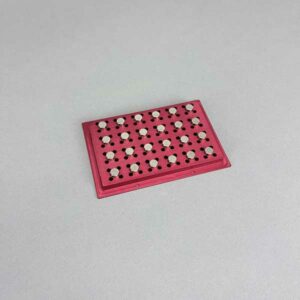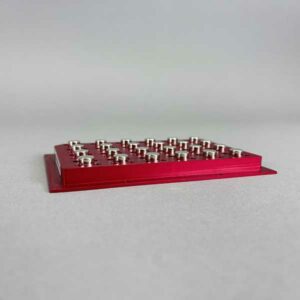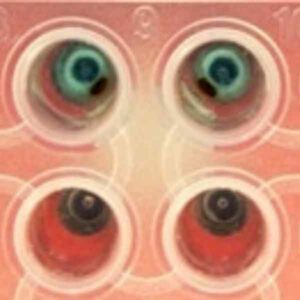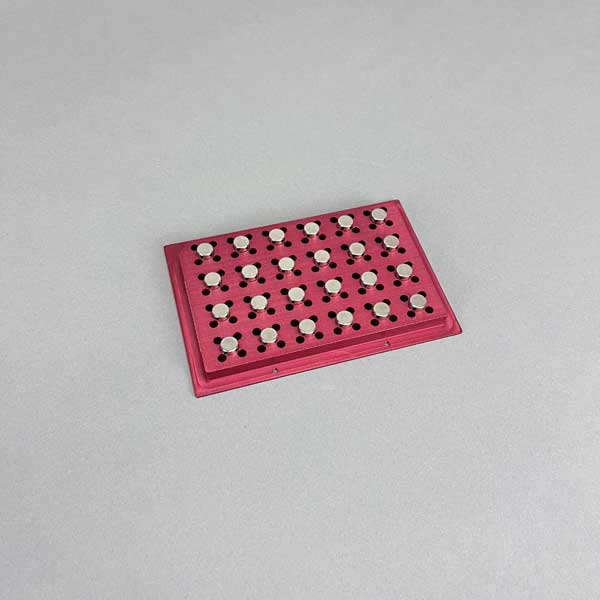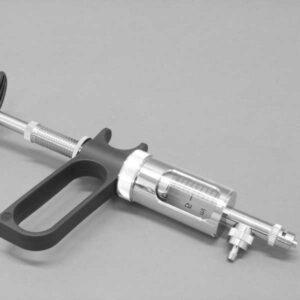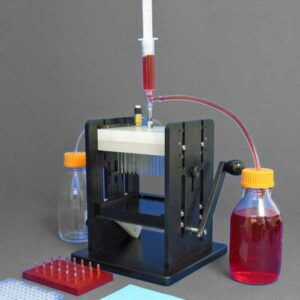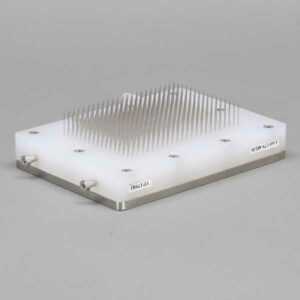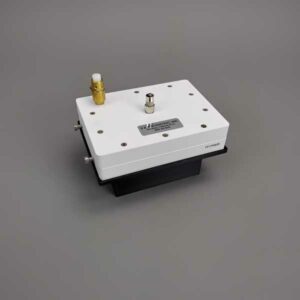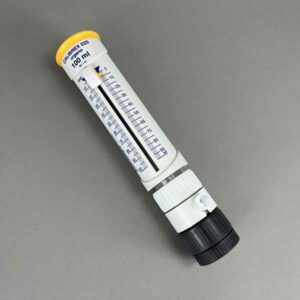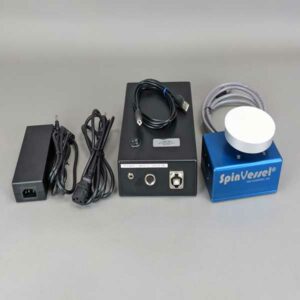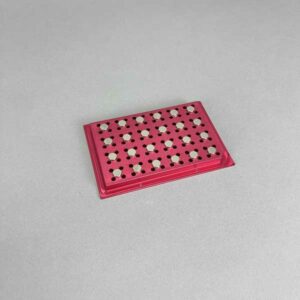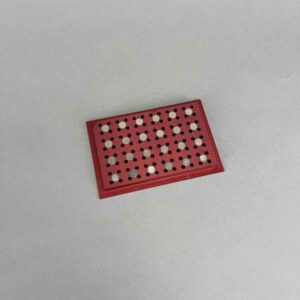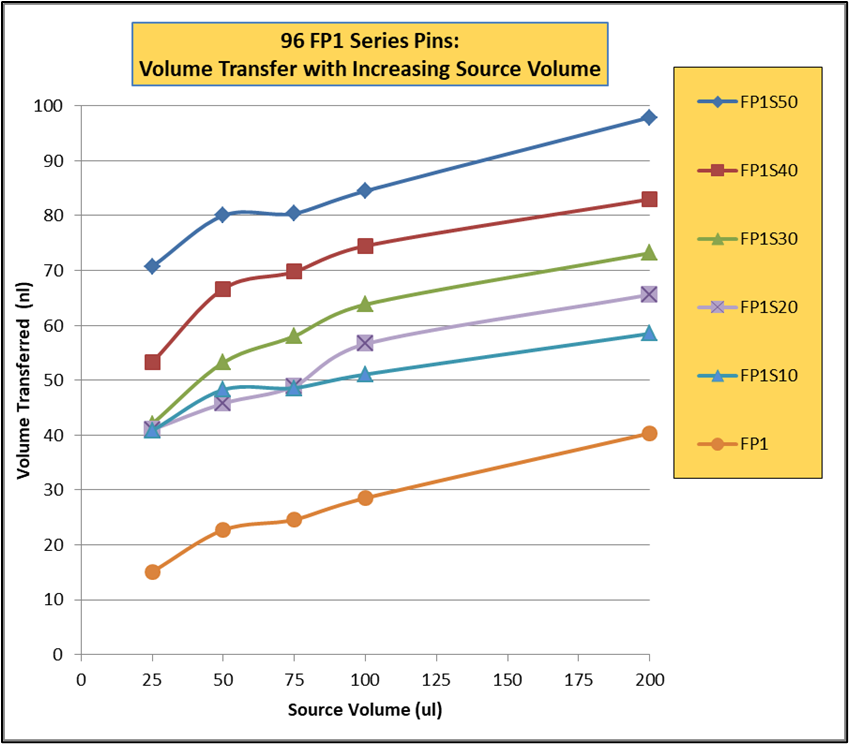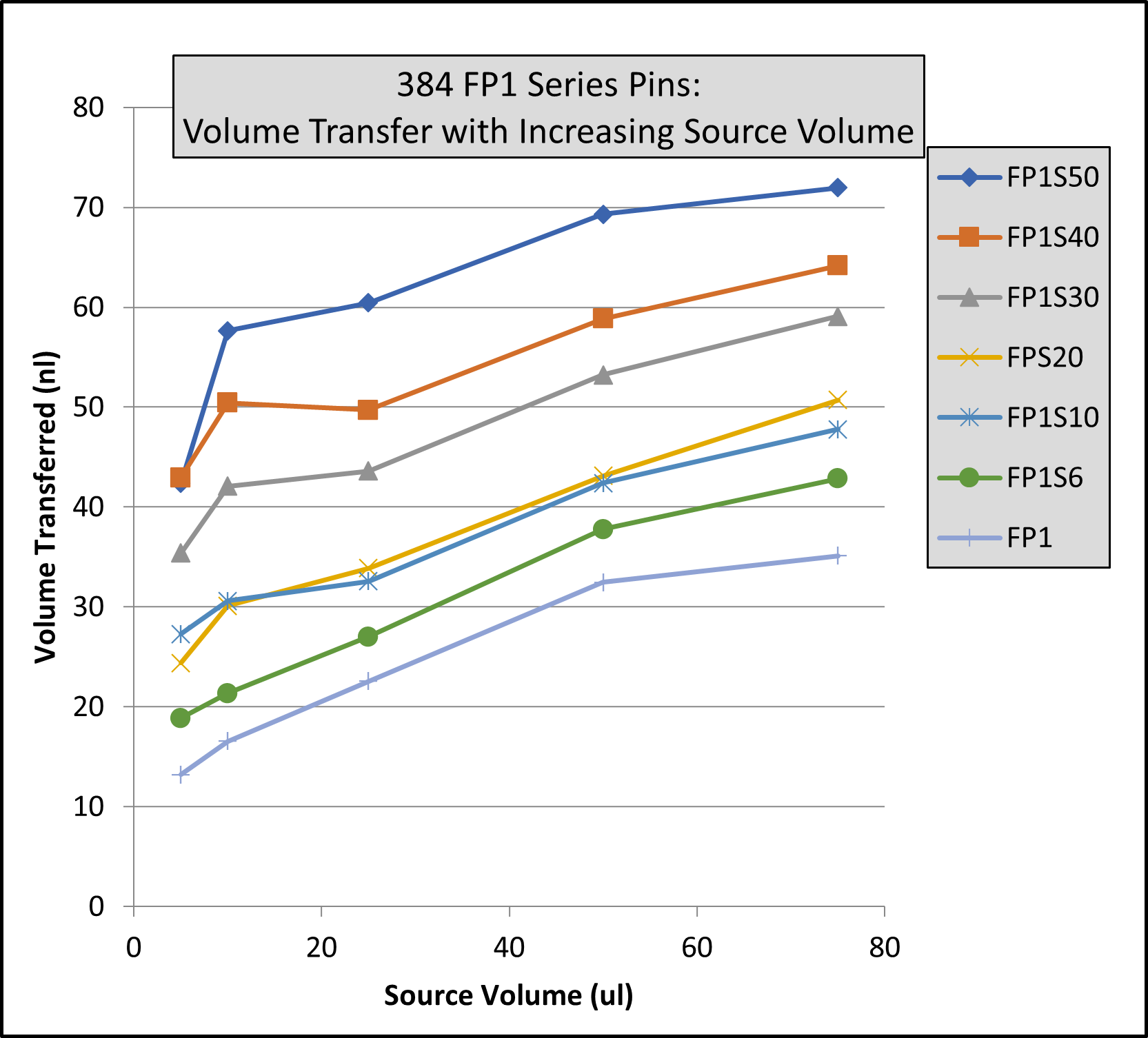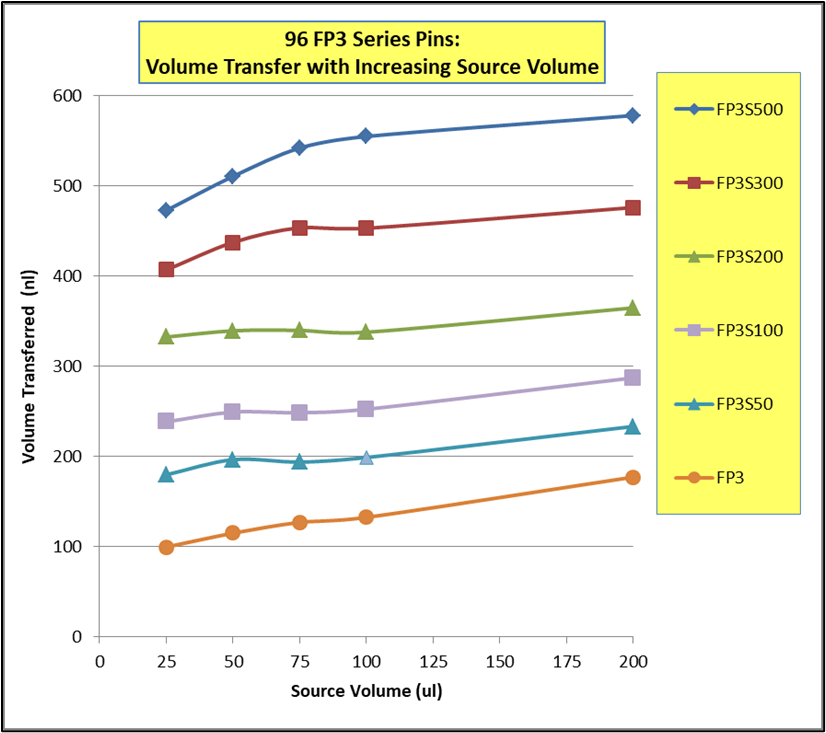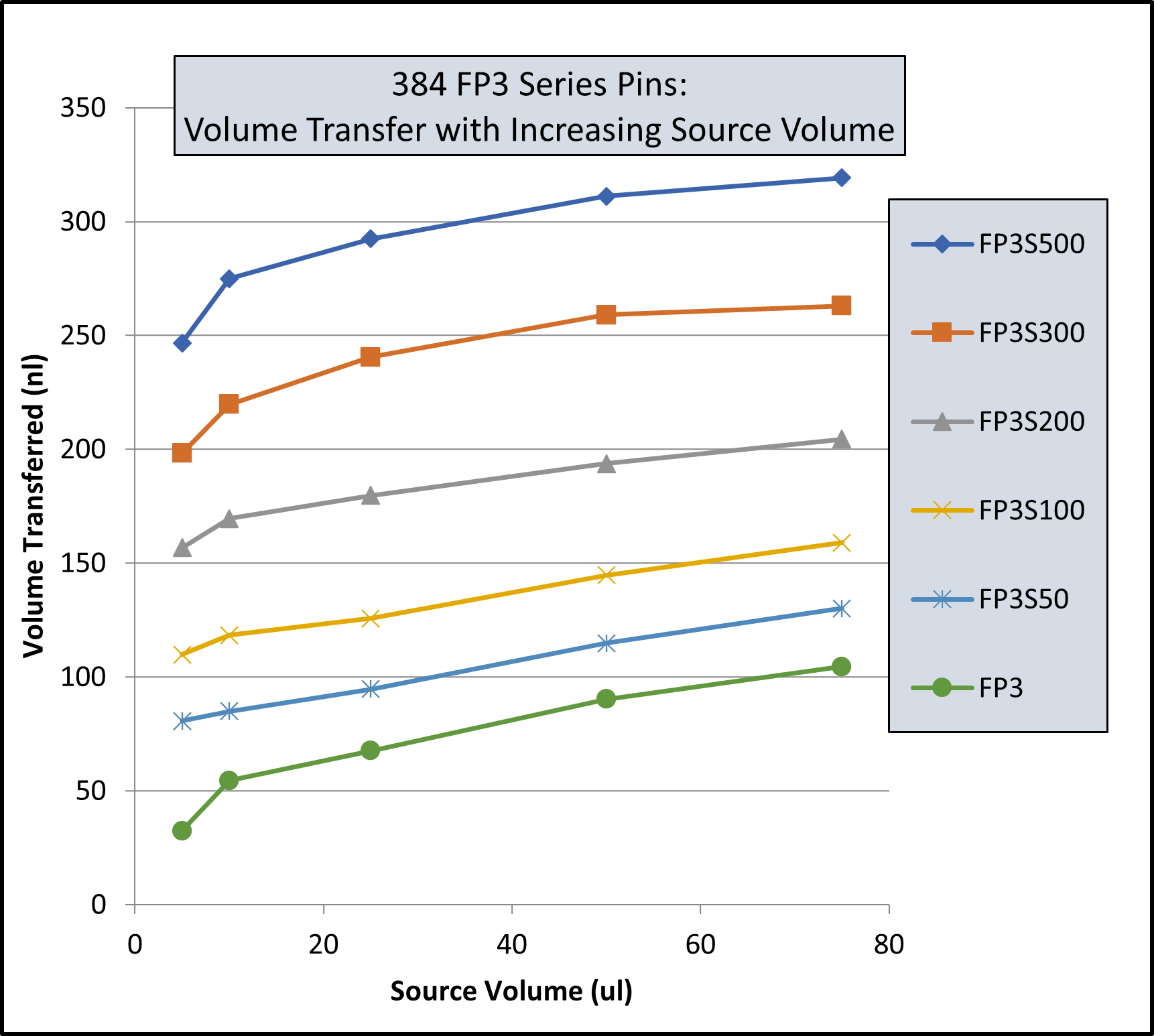MAGNETIC BEAD SEPARATION PLATE, 96 Well, PCR Plate, V-Bottom, 24 Round Posts, 52MGO, NdFeB Magnets, Red Anodized Aluminum Magnet Frame, 1 Sided Pellet Location, 50-75ul Liquid Level, 7.9mm Post Diameter, Axial – North Poles Up Magnetic Orientation, Gripper Accessible, Step Down Edge for Full-Skirted Plates, SLAS Footprint, No Registration Base
VP 771LE-4DS
MAGNETIC PLATE, 96 Well, PCR, V-Bottom, 24 Round Posts, 50-75ul Liquid Level, Full-Skirted Plates
| No of Wells | 96 |
|---|---|
| Plate Type | PCR |
| Well Bottom Shape | V-Bottom |
| No of Magnets | 24 Round Posts |
| Magnet Strength | 52MGO |
| Magnet Type | Neodymium (NdFeB) |
| Frame Material | Red Anodized Aluminum |
| Pellet Location | 1 Sided |
| Post Diameter | 7.9mm |
| Magnetic Orientation | Axial – North Poles Up |
| Gripper Accessible | Yes |
| SLAS Base | Yes |
| Length | 134.62mm |
| Width | 93.22mm |
| Height | 12.7mm |
| Post Height | 3.81mm |
Overview Magnetic Bead Separation Devices:
V&P has developed over 100 different magnetic bead separation devices for microplates of nearly every description and we have refined, perfected, and consolidated that list down to the best 72. Many of these are offered with and without an adjustable microplate registration system for precise alignment or with different colored separation blocks for easy visualization (white or red)
- 4 well, 6 well, 12 well, 24 well, 48 well, 96 well, 384 well and1536 well microplates and PCR plates
- Standard height, midi height, deep well
- Round well, square well, octagon well, conical well (PCR)
- Round bottom, flat bottom, pyramid bottom
Match the microplate to the Magnetic Bead Separation Device:
It is important to match the right magnetic bead separation device with your particular microplate. There are many characteristics of microplates that will affect where and how tightly the magnetic beads are pelleted:
- The thickness of the microplate well wall
- The smoothness of the interior well
- The geometry of the well walls
- The geometry of the well bottoms
- The geometry of the skirt
- The geometry of the underneath side of the microplate
- The location and size of plastic injection ports on the underneath side of the microplates as it varies with each microplate manufacturer and affects the location of magnet placement
All of the above features are very important and we have dealt with all of them over the course of the last 20 years that is why we say “choose your microplate wisely before you launch a new assay protocol”. With our large selection of magnetic separation devices, we can help you make the best decision for your application. We are happy to share our knowledge with you.
Magnetic Beads or Particles Used:
- Size of the beads
- Magnetic moment
- Concentration
We may be able to suggest a specific product for your application. If the speed of separation is important to you, larger magnetic bead particles with greater magnetic moments will separate faster rather than weaker smaller particles.
Magnetic Bead Separation Location:
Depending on your protocol, you may want the beads to be collected:
- On the side of the wells
- High up the well
- Low down the well
- Or both high and low in the same Magnetic Separation device depending on different processes, elution, or wash volumes
- Directly in the bottom center of the well
- On the bottom outside ring of the well
- The mass or volume of the beads to be pelleted also determines which device is best
- The volume of supernatant and the method of removal (decanting, needle aspiration, or pipetting) are also important considerations
Magnetic Field Orientation and Strength:
The magnetic field orientation of adjacent magnets has a force multiplying effect (Halbach effect) and results in the magnetic beads being more tightly held:
- We use Halbach arrays in several of our designs to improve pelleting
- The normal magnetic field strength of the magnet also affects how tightly the beads are held
- How close the magnet is placed to the magnetic beads also affects how tightly the beads are held
Types of Supernatant Separation – Aspiration or Removal:
More commonly, magnetic beads are separated by aspiration using pipet tips and then washed. By using pipet tips, it is important to keep the beads away from the pipet. This is why bead pellet location and how tightly it is magnetically held are so important. Similar consideration also applies to needle aspiration used in automatic plate washers.
V&P Scientific was the first to develop the Flick and Blot system for removing supernatant solutions from magnetic bead pellets. These devices allow for the microplate to be fixed to the magnet plate. You can then pick up the entire device and “Flick” out the supernatant into a sink or other container. This is a fast, economical way of removing a non-toxic supernatant from your microplates while still retaining your magnetic beads in the microplate for more rounds of washing.
Recently V&P Scientific developed a different method to separate the supernatant from the magnetic beads by using a 96 magnetic pin replicator (VP 407AM-N1) that is submerged into the wells and will remove the beads from the microplate and leave the supernatant behind in the microplate. Using a PCR plate as a shield, you can use our handheld magnetic pin tool device to move the beads from one microplate to another. This will save you time as it only takes a few seconds. It will also save you money as no expensive pipet tips are needed, all you need is an inexpensive PCR plate.
Advantages of V&P Scientific’s Magnetic Separation Devices
- The largest number of devices produced by any manufacturer
- The greatest variety of devices to fit all Microplates
- Greatest variety for pellet location
- Strongest Magnets available in many different sizes
- Versions made for both BioTek and Tecan Hydroflex microplate washing systems
- Offered with and without an adjustable microplate registration system for precise alignment
- Different colored separation blocks for easy visualization (white, red, green, or gold)
- Custom Magnetic Separation Devices are not a problem
- Flexibility is our specialty
Accessories
See our accessories for aspirating supernatants, adding wash solutions, and for keeping magnetic beads uniformly in suspension prior to adding to microplate wells. Recently we have developed a new SpinVesselTM method that keeps magnetic beads in uniform suspension for aliquoting into microplates.
References
See published articles that cite our Magnetic Separation Devices.
Applications of Magnetic Bead Separation Devices
Since the introduction of Magnetic Beads as a method to separate bound from unbound ligands the applications and variation of Magnetic Bead Assays has soared exponentially, and they are literally too numerous to count. Magnetic Bead Separation Assays have rapidly replaced the slower and more cumbersome techniques of absorption (ELISA), centrifugation, and filtration separation methods. In addition, Magnetic Bead assays have increased the recovery of the sample and its purity with fewer wash steps.
Magnetic Beads have been successfully coupled to antibodies, antigens, proteins, viruses, bacteria, fungi, Ligands, DNA, RNA, Avidin, Streptavidin, Biotin, staphylococcal protein A and the list goes on…. Furthermore, these Magnetic beads have also been directly labeled with radioisotopes, enzymes, dyes, fluorescent compounds, and complementary metal oxide semiconductors (CMOS) and quantum dots (QD) for direct detection with biosensors resulting in even more capability and multiplexing opportunities.
This said Magnetic Bead Separation assays are the clear and obvious method of choice for the foreseeable future. V&P Scientific will work with developers of new Magnetic Bead assays to provide the perfect Magnetic Bead Separation device. We have already developed over 100 devices and perfected 72 different Magnetic Bead Separation devices for microplates and 29 for micro-tubes, test tubes, and bottles. Many of these are sold on an OEM basis to both diagnostic companies and plate washing companies.
List of Applications for our Magnetic Bead Separation Blocks
- DNA isolation for sequencing of genomes for identification of disease states
- Diagnostic assays for disease-causing organisms
- DNA clean-up prior to assay or PCR
- Categorization of crops and animals in agriculture
- RNA extraction from cells for cancer detection
- RNA extraction from cells to analyze cell functions
- RNA extraction from cells for Gene Expression Profiling
- RNASeq assays used in biomicrofluidic lab-on-a-microchip technologies
- Purification and screening of antibodies, proteins, antigens, and peptides
- Glycan analysis with Thermo Glycan Analysis mag bead kit
- Isolate DNA from formalin-fixed, paraffin-embedded tissue
- Cell selection or sorting
- Retaining carryover magnetic beads when aspirating from deep well microplates
Compatible with the following microplate washers:
- BioTek plate washer ELx405
- Tecan Hydrospeed plate washer
Compatible with the following magnetic beads:
- Beckman Coulter AMPURE
- Beckman Coulter SPRI
- Luminex xMAP
- Promega
- Dynabeads
- MACHEREY-NAGEL
- MagSi-S
- PureProteome
References:
The following two references are typical uses of our magnetic separation blocks:
We have also developed new devices for keeping magnetic beads in uniform suspension while being pipetted into microplates. See our new SpinVesselTM system for dispensing uniform suspensions of magnetic beads. It has the advantage of operating with larger total volumes of magnetic beads and yet leaving a very tiny dead volume in the vessel. We have also recently developed a new MagWashTM system for washing Magnetic beads or concentrating dilute analytes.
See our older Sealed Bearing Magnetic Bead Suspension Reservoirs and Tumble Stirrer Magnetic Bead Suspension Reservoirs.

